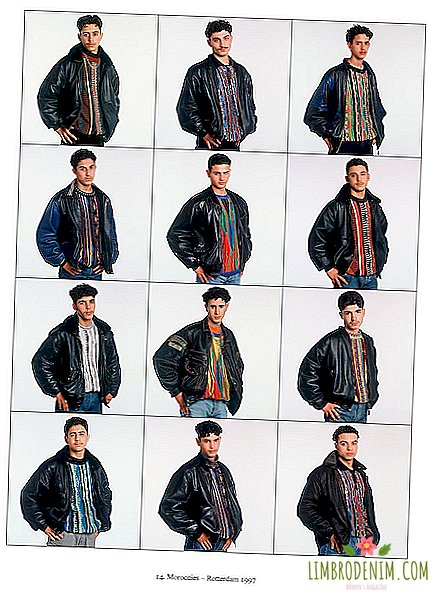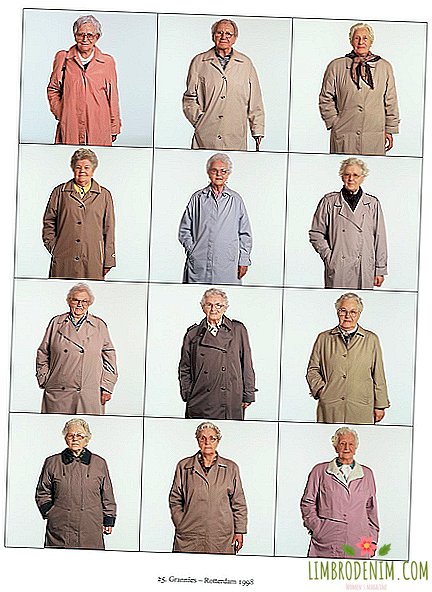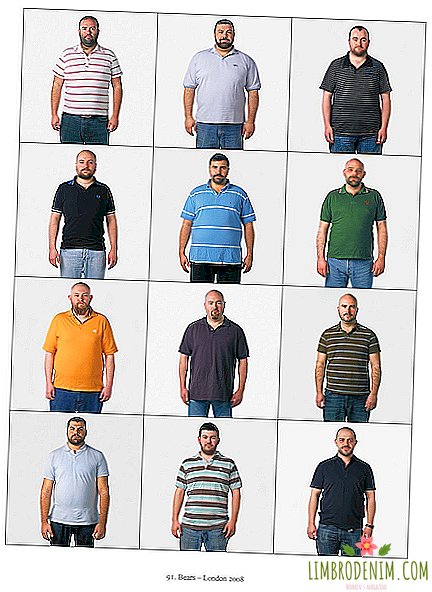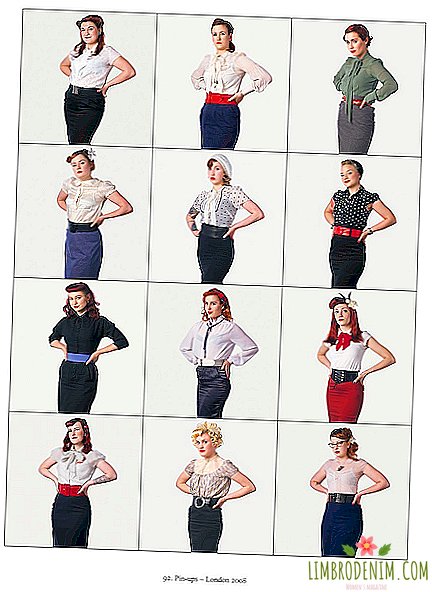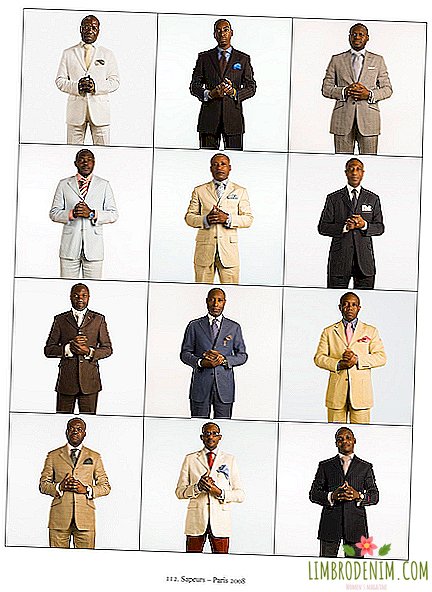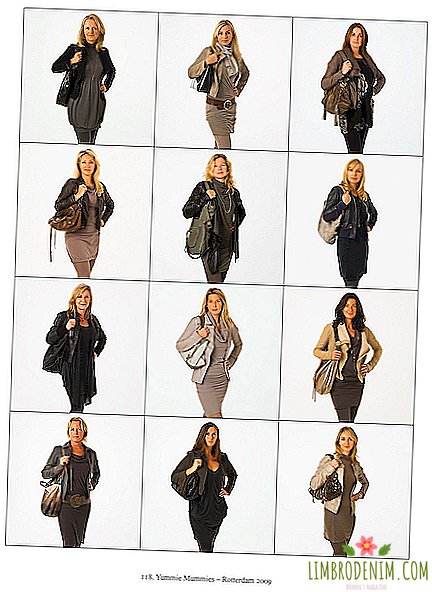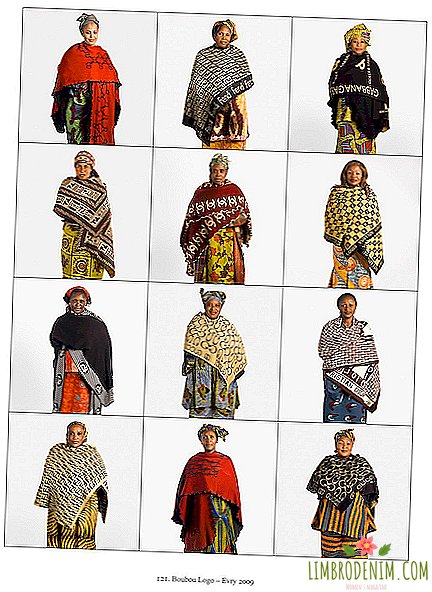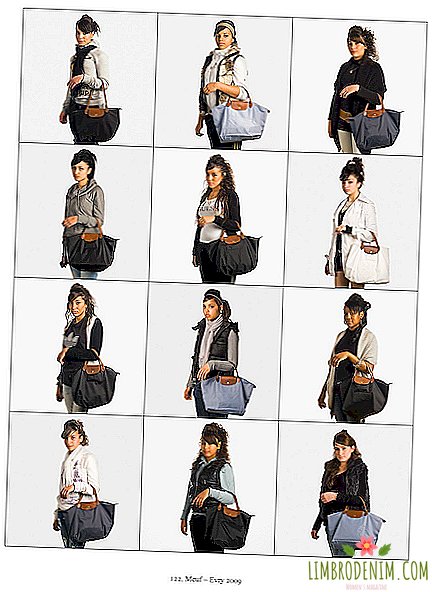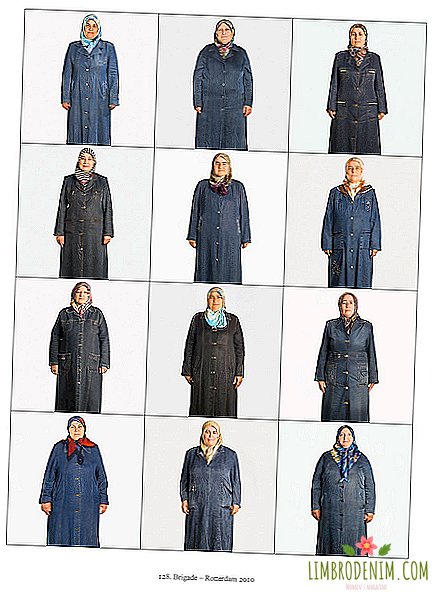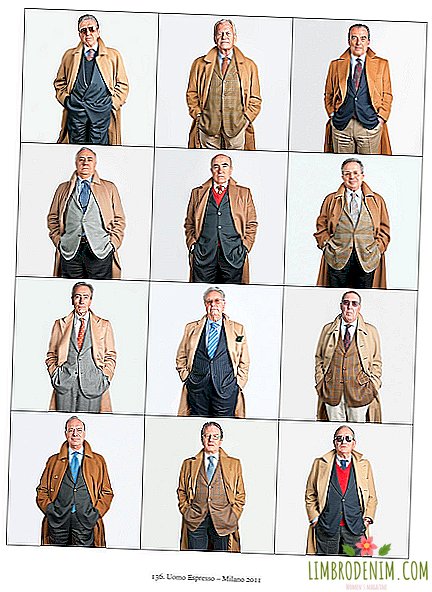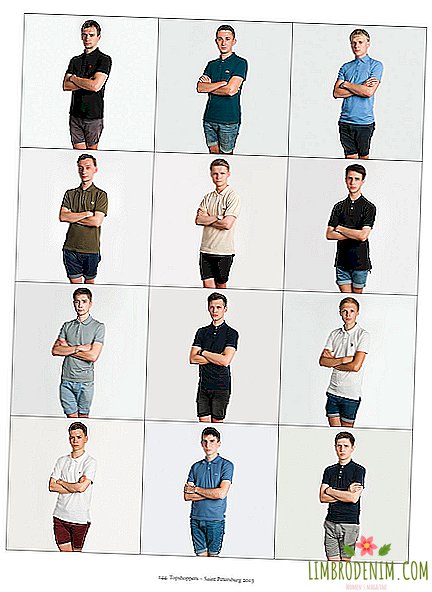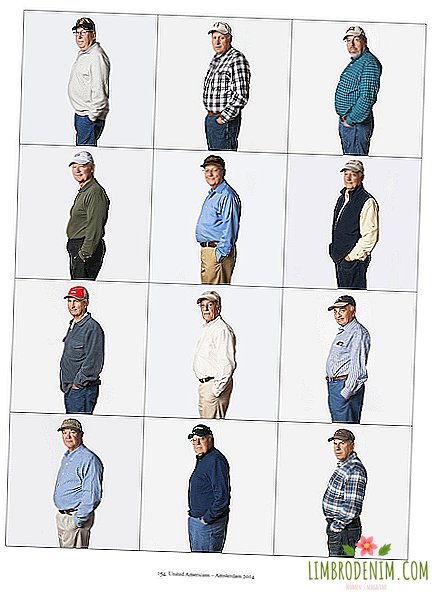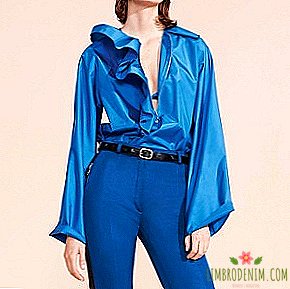"Exactitudes": Style of gabbers, topshoppers, grannies and not only
EVERY DAY PHOTOGRAPHERS AROUND THE WORLD looking for new ways to tell stories or to capture what we previously did not notice. We choose interesting photo projects and ask their authors what they wanted to say. This week we are publishing a project by photographer Ari Versluis and sociologist Ellie Aytenbrock, in which they have been filming and interviewing representatives of various subcultures and social groups since 1994. With the help of this project, its creators explore our propensity to follow the dress code characteristic of different groups, as well as the process of forming the corresponding stereotypes.
This project arose by itself when the streets of Rotterdam suddenly filled up with a new explosive style - gabber. I'm talking about the early 90s. This port city spawned a hardcore version of the proletarian rave style: youthful shaved, menacingly-candy-bright, in Italian sweatpants. Delightful batch, if we consider these images from the point of view of style. We shot several portraits of these guys in the studio, and were amazed at how identical they looked and behaved. The press took this series with a bang - not only because it portrayed a completely new phenomenon, but also because the form of the shooting turned out to be the most suitable content: this movement was about the crowd, not the individual, cultivated mass character, not individuality.
Most of the episodes that are included in our project are tied to a specific place. We settled in any area, nightclub, department store, market or railway station and started to watch. Analyzed who goes there and how these people dress. After we had the image of a typical visitor in our head, they began to invite heroes to the shoot. The project quickly grew and became better and more interesting. It happened that in the process of shooting a regular group of people, we understood that it was not quite right to imagine their style, and we learned about it directly from the characters themselves.
Over time, due to globalization, it became more difficult to find people who adhere to an unusual style of clothing: today girls who dress in Zara in St. Petersburg look just like their peers in Rotterdam. That is why we prefer to shoot older people, much more multidimensional, with a deeper life experience, which is expressed in the manner of dressing. After all, we proceed from the fact that fashion is the language and method of communication.
We have been working on this project for twenty years now! During this time, the film has been replaced by a figure, and in addition to globalism, the attitude to the expression of individuality has changed - its manifestations have become much more fluid, diverse. Formation of individuality with all its distinctive features is a complex, dynamic process, and this way new generations go on their own. We no longer inherit from our parents a way of life and a number of external distinctive features caused by the environment of education, region of residence, religion or level of income. The Internet plays a big role in this.
Now we can observe how the style and behavior of different people are changing before our eyes - and with it the whole world. There are cultural transformations, gender, interdisciplinary, intergenerational, and so on. White teenagers from poor areas become adherents of glamorous hip-hop or convert to Islam, gender-neutral clothing departments appear in fashionable department stores, and 14-year-old girls look 21, while their 40-year-old mothers look and behave like their girlfriends or classmates. Your 70-year-old grandmother may well go to the fitness center in the latest high-tech sneakers. Technology and media present us with an idea and endless possibilities for self-improvement.
In the 80s, we were all spellbound by the birth and rise of the Dusseldorf School of Photography, which was based on the principle of new objectivity. This formed us, together with our interest in i-D magazine, which in 1980 launched Terry Jones - the first who began to broadcast the style of streets in print and perceive it as part of fashion.

